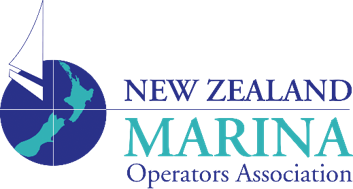National Environmental Standards for Freshwater: negative impact for marina and marine infrastructure projects
In 2020 the Government introduced the Resource Management (National Environmental Standards for Freshwater) Regulations 2020 (NES-F). The aim of the NES-F was to regulate activities that pose risks to the health of freshwater and freshwater ecosystems – including the following in or near to wetlands:
earthworks,
taking, using, damming, diversion, or discharge of water,
vegetation clearance in or near wetlands.
Generally carrying out the above activities is either a “prohibited activity” or “non-complying” in and around wetlands.
As from November 20220, after an appeal by DOC and Forest and Bird, the High Court determined that the NES-F “applies to natural wetlands in the coastal marine area”. This prevails over the Unitary Plan rules and sets the activity status for a range of activities within or close to wetlands. As this currently stands, this has potentially huge ramifications for marinas
The retrofitting of NES-W to coastal wetlands without any detailed assessment and no definitions will in all probability lead to unintended consequences. It would apply to all RMA s12(1) disturbance of the foreshore and seabed. What immediately springs to mind is dredging, piling and stormwater activities which would be either prohibited or non-complying activities. The removal of mangroves and any seagrass is non-complying.
Your Executive see this as a real concern and will be, on your behalf, making submissions to Ministry for Environment to achieve a better definition that provides coastal development a better opportunity than is afforded under this new definition.
Chris Galbraith, Chair

